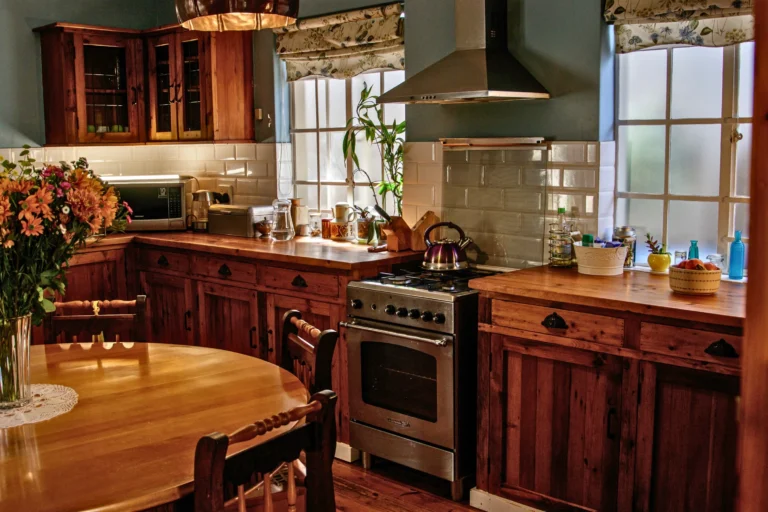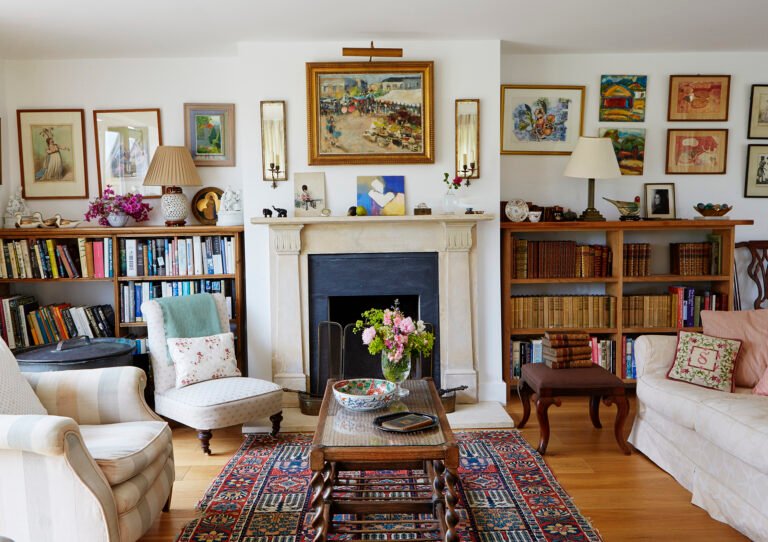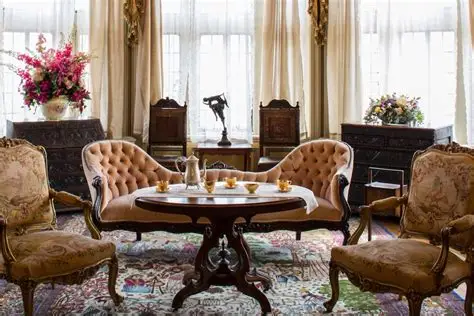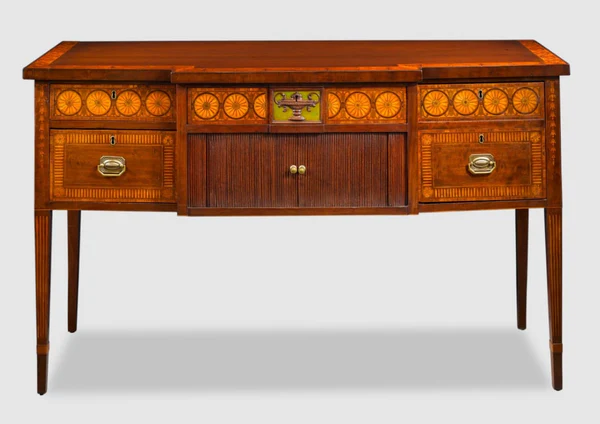
Antique furniture offers more than aesthetic appeal—it’s a glimpse into the art, culture, and values of past centuries. From the ornate carvings of the Baroque period to the clean lines of Mid-Century Modern, each antique style tells a unique story. Understanding the history behind these styles can help you appreciate their beauty and craftsmanship even more, whether you’re a collector, designer, or simply a lover of timeless design.
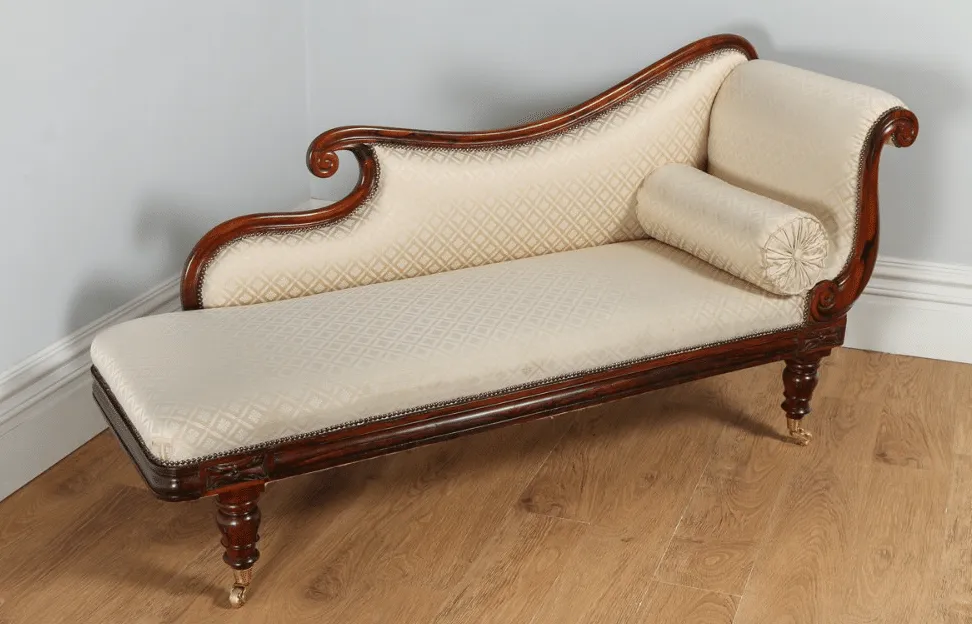
Baroque (1600–1750): Drama and Grandeur
Emerging in Italy and spreading across Europe, Baroque furniture was a direct expression of the grandeur of the Catholic Church and the absolute monarchies of the time. This style is characterized by:
-
Ornate carvings
-
Bold curves and heavy proportions
-
Gilded finishes and luxurious materials
Baroque pieces were designed to impress. Thrones, armoires, and tables often featured twisted columns, intricate inlays, and rich woods like walnut or ebony. This opulence symbolized power and divine rule.
Rococo (1730–1770): Elegance and Romance
Rococo evolved from Baroque but took on a lighter, more playful tone. It originated in France during the reign of Louis XV. Furniture in this style is known for:
-
Asymmetry and curving forms
-
Pastel colors and floral motifs
-
Delicate carvings and feminine elegance
Rococo furniture was commonly found in salons and boudoirs. Chairs had cabriole legs and upholstered seats with intricate patterns. This style marked a shift toward comfort and intimacy in interior design.
Neoclassical (1760–1830): Return to Order
After the whimsy of Rococo, Neoclassical furniture returned to the symmetry and simplicity of ancient Greek and Roman art. It reflected Enlightenment ideals and a renewed interest in classical antiquity. Key features include:
-
Straight lines and geometric shapes
-
Fluted legs and restrained ornamentation
-
Use of classical motifs like laurel wreaths and urns
Popularized during the reigns of Louis XVI in France and George III in Britain, this style aimed for rational beauty over extravagance. Mahogany became a favored wood, paired with satinwood or gilded accents.
Victorian (1837–1901): Eclectic and Decorative
The Victorian era, during Queen Victoria’s reign, saw an explosion of styles, materials, and manufacturing techniques. Industrialization made furniture more accessible, and styles often mixed together. Characteristics include:
-
Dark woods like rosewood and mahogany
-
Heavily upholstered furniture
-
Intricate detailing and revivalist influences (Gothic, Renaissance, Rococo)
Victorian furniture symbolized wealth and domestic comfort. It was common to find large dining tables, velvet armchairs, and ornately carved sideboards in upper-class homes.
Arts and Crafts (1880–1920): Handcrafted Integrity
As a response to mass-produced Victorian furniture, the Arts and Crafts movement emphasized craftsmanship, simplicity, and honesty in materials. Key elements include:
-
Solid construction
-
Minimal ornamentation
-
Use of local woods like oak and ash
Led by figures like William Morris in England and Gustav Stickley in the U.S., Arts and Crafts pieces were both functional and beautiful, highlighting the natural grain and integrity of wood.
Art Deco (1920–1940): Glamour and Geometry
The Art Deco style emerged between World Wars as a symbol of progress, modernity, and luxury. Furniture from this era features:
-
Sleek lines and bold geometric patterns
-
Exotic materials like lacquer, shagreen, and chrome
-
Rich colors and inlays using metals or glass
Art Deco pieces are still highly collectible today, with their distinct mix of elegance and innovation.
Mid-Century Modern (1940–1970): Simplicity and Function
Though newer, Mid-Century Modern is considered an antique style by many collectors. It championed clean lines, practicality, and organic forms. Hallmarks of this style include:
-
Tapered legs and minimal ornamentation
-
Use of teak, walnut, and molded plywood
-
A focus on integration with nature and open space
Designers like Charles and Ray Eames, Hans Wegner, and Eero Saarinen made this style globally iconic.
Conclusion
Antique furniture styles are much more than design trends—they are artifacts of their time. Each period reflects societal shifts, artistic movements, and technological innovations. By learning the history behind these styles, you gain a deeper appreciation for the craftsmanship and meaning behind every curve, finish, and form. Whether you’re decorating or collecting, understanding these styles helps you bring a piece of history into your modern world.

